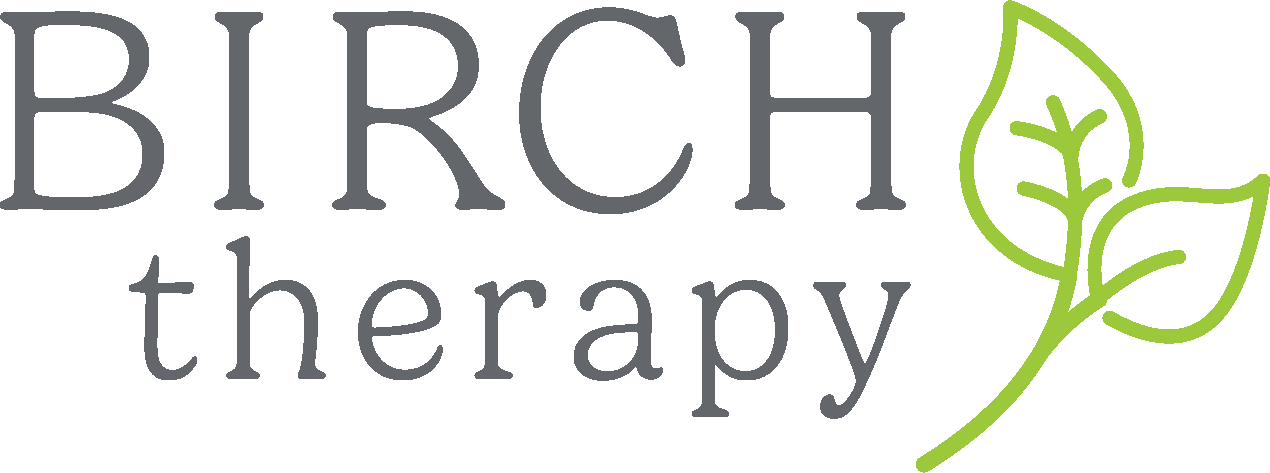IF & The Inner Child
by Jenn Birch, LCMHCS, Clinician & Practice Founder
Cinema therapy is often used as a therapeutic agent to process grief, learn new coping strategies, and promote self-exploration. I believe Bluey, and many years ago Daniel Tiger’s Neighborhood, are good examples of teaching within cinema. Movies have also set out to give younger audiences positive and life affirming messages. For example, Greta Gerwig in Barbie hopes we receive the message “anyone can be anything and there is no one to stop you,” while Lyle, Lyle, Crocodile promotes “the best version of yourself is when you are supported unconditionally.”
I recently encountered a strong therapeutic agent for kids in the new movie IF, which stands for Imaginary Friends, about rediscovering your inner child.
In therapy, successful treatment of a healthy adult is the ability to give voice to all parts of the self, developing an embodied self that holds both vulnerability and strength. A good deal of grief and trauma work for adults is getting to a place that we can see, recognize, and name the inner child parts. Our inner child holds happy and challenging memories from childhood that were unresolved, and we store them until they can be processed and released as adults.
Inner child parts are often resurrected by senses: touch, taste, see, hear, and smell. One could argue that by conjuring the IFs (imaginary friends) at the conclusion of the movie, the adult actors were able to access, perhaps for the first time, the inner child part of feeling loved by an imaginary friend. The movie showed the emotions each actor felt in remembering their IF: vulnerability, hurt, courage, strength, and love.
One goal of the movie, IF, is for parents and children alike to revisit the magic and wonder of childhood. This often gets lost in the reality of the world, particularly in our current climate. As a child psychotherapist and also a parent, I was overcome with awe as I watched the movie with my 4 children, ages 15, 13, 9, and 6. John Krasinski’s ability to bring the inner child to life on the big screen was mesmerizing and beautifully done. For some, this movie might leave you with that feeling when you walk out of therapy: raw, vulnerable, but hopeful, willing to be a bit more open to what the world might have in store for you, after processing and releasing a part of your inner child experience.
Raising kids is extremely challenging in today's post COVID world. With issues like achievement toxicity, social media obsession, the statistics of anxiety and depression have scaled to the highest in history for kids and teens. Fortunately, there is an effort to shift culture to joy in the midst of pain and grief, appreciation in the “not good enough,” laughter along with tears. As Richard Schwartz mentions in No Bad Parts, your “parts are little inner beings who are trying their best to keep you safe.” Thanks to IF, the reminder for all of us is to recognize the parts of us that bring joy, fun, and laughter, to recognize the parts in us keeping us safe, and to be intentional about what we as a family can do to encourage all our parts to shine, including the inner child part most deeply connected to an imaginary friend.

